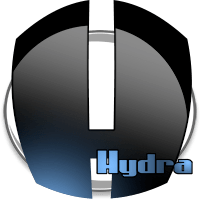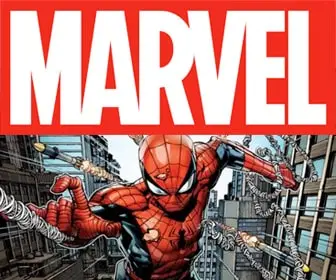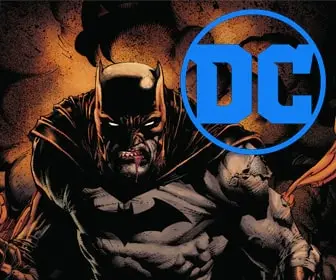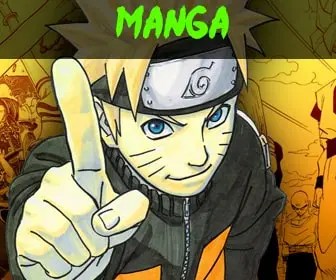
The Art of Manga: A Guide to Manga Illustration Techniques
Manga, the Japanese form of comic books, has become increasingly popular worldwide, captivating audiences with its unique storytelling and diverse art styles. Central to the appeal of manga is the distinctive illustration techniques employed by manga artists, or mangaka, to bring their stories to life. In this article, we will delve into the world of manga illustration, exploring the various art styles, techniques, and tools used by mangaka to create visually stunning and memorable works.
Manga art styles can range from highly detailed and realistic to more simplistic and cartoonish. Some common traditional manga art styles include:
- Shonen: Typically aimed at a young male audience, shonen manga often features action-packed stories and bold, dynamic art styles.
- Shojo: Targeting young female readers, shojo manga usually focuses on romance and interpersonal relationships, with softer, more delicate art styles.
- Seinen: Geared towards adult male readers, seinen manga often features more mature themes and complex storytelling, with a wide range of artistic styles.
- Josei: Catering to adult female readers, josei manga explores mature themes and realistic portrayals of relationships, with art styles that can vary from elegant to gritty.
While every manga artist has their unique approach, certain illustration techniques are commonly employed across the industry. These techniques include:
- Inking: Manga illustrations are typically drawn in black and white, with inking used to create clean, bold lines and define shapes.
- Screen tones: To add shading, texture, and depth to their artwork, mangaka often use screen tones – sheets of adhesive film with pre-printed patterns or gradients.
- Speed lines: To convey motion or create dynamic effects, manga artists often use speed lines, which are lines drawn in the direction of the movement.
- Paneling: Manga stories are told through a series of panels, which are arranged on the page to create a sense of flow and pacing. Mangaka carefully plan their panel layouts to guide the reader’s eye and enhance the storytelling.
Manga artists utilize various tools to create their artwork, ranging from traditional materials to digital software. Some common tools include:
- Pencils: Manga artists often start by sketching their illustrations with pencils, creating a rough layout and establishing the composition.
- Inking pens: To create clean, bold lines, mangaka often use specialized inking pens, such as G-pens or brush pens.
- Screen tone sheets: As mentioned earlier, screen tones are adhesive sheets with pre-printed patterns or gradients used for shading and texturing.
- Digital software: Many manga artists have transitioned to using digital tools, such as drawing tablets and software like Clip Studio Paint or Adobe Photoshop, which offer a wide range of capabilities and streamline the illustration process.
The art of manga is a fascinating and diverse world, with a rich history and an array of unique illustration techniques. By understanding the various art styles, techniques, and tools used by manga artists, we can gain a deeper appreciation for the skill and craftsmanship that goes into creating these visually stunning works. Whether you’re an aspiring mangaka or simply a fan of the medium, the art of manga offers a wealth of inspiration and creative possibilities.










